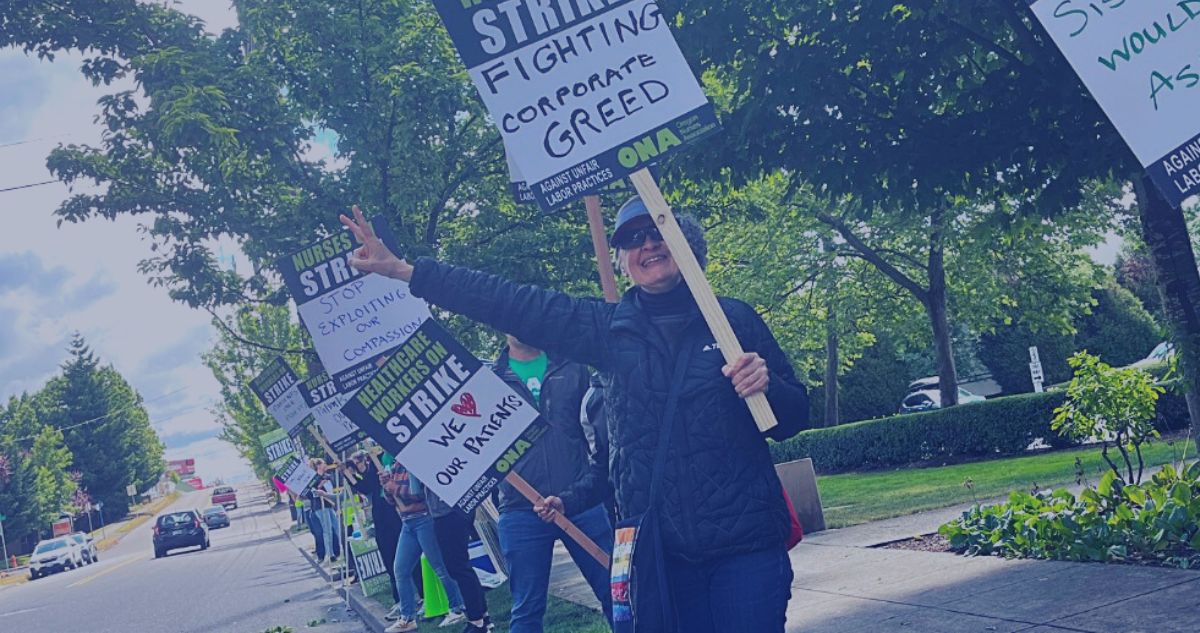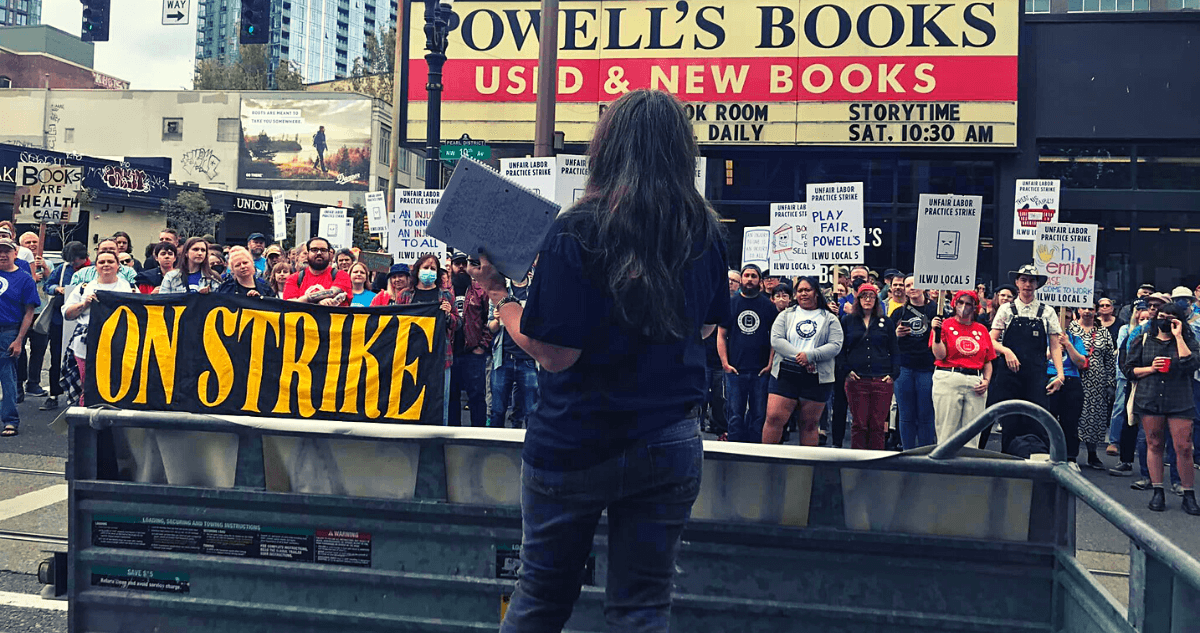Let’s say you often bike to work and your Oldsmobile stays in the garage half the work week. On a day when you drive, you get into an accident. Although you dutifully pay insurance every month, your claim gets denied. “Sorry,” your insurer says, “you don’t drive enough.”
It’s crazy, right? But that scenario is not too different from what many laid-off Oregon workers experience when attempting to collect unemployment insurance (UI) benefits.
Oregon’s antiquated UI program often excludes part-time and temporary workers whose employers paid into the system on their behalf. Modernizing the program so that it better serves today’s workforce is more urgent today, as a severe recession leaves more Oregonians without work.
UI is good for workers, businesses and employers. The temporary wage benefits help keep the families of laid-off workers afloat. Local merchants are better off when unemployed workers continue spending on housing, groceries and other basic needs. And once business conditions improve, it helps employers call back experienced workers they need.
To be more effective, however, the system must be updated to reflect changes in the workforce. Established in 1935, UI was designed when the labor force mostly consisted of male breadwinners who worked full time. Today’s workplace looks vastly different, with more women, part-time and temporary workers.
Currently, laid-off part-time workers can collect unemployment benefits only if they are willing to accept full-time work. For many, full-time work is not an option — if they are balancing work with caretaking responsibilities, for example.
Part-time workers are a group that is too big to leave out. One in four Oregon workers labors part time, and those workers’ employers pay into the system on their behalf, just as they do for full-time workers.
UI rules also disregard up to six months of recent earnings when figuring eligibility. Therefore, Oregonians who work intermittently or have recently returned to work after a period of unemployment or caretaking duties may have difficulty qualifying.
These and other UI rules shrink the pool of workers covered. Today, only about half of unemployed Oregonians collect UI benefits.
That’s bad news for the 46,700 Oregonians who have lost their job since February of 2008, when the downturn began. According to the latest data from the Oregon Employment Department, state unemployment stands at 9 percent, its highest level since April 1985.
Now is a good time for Oregon to upgrade its UI system, not only because of rising unemployment but also to take advantage of funding that may come out of Washington, D.C. Congress is considering an economic stimulus measure that would offer an incentive for states to modernize their UI programs. By modernizing, Oregon would get about $91 million from the feds, according to the National Employment Law Project.
To qualify for the federal funding, however, Oregon would need to change its UI eligibility criteria to allow workers to count more of their recent work experience. Twenty other states and the District of the Columbia already have enacted this improvement, which helps workers who recently entered the work force or who work intermittently to qualify for unemployment benefits. Most of those who would benefit are low-wage workers.
Oregon can improve UI further. It can eliminate barriers for part-time workers, allow workers to get their benefits immediately rather than having to wait a week for their first check, boost the benefits for workers who have children to support, and permit low-wage workers to complete a job training program while they collect unemployment benefits. Other states have taken those steps, and so should Oregon.
Just as you don’t drive your grandfather’s Oldsmobile, Oregonians shouldn’t be stuck with their grandfathers’ unemployment insurance system. The time to bring Oregon’s UI system to the 21st century is now.








